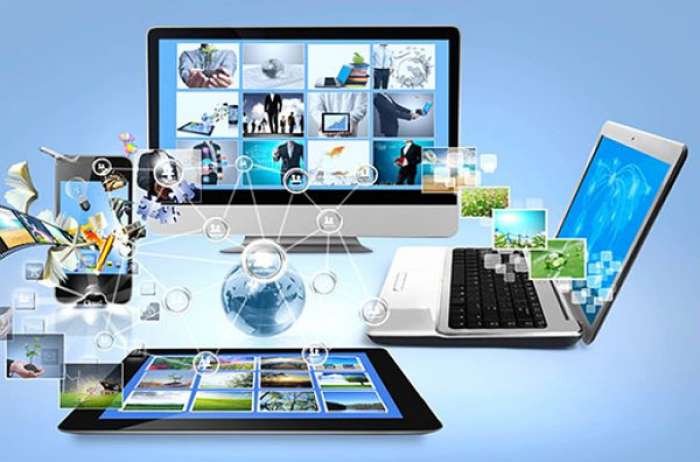For most people, their smartphones and other end-user devices are their portals into the digital world. Whether they’re using it to check Facebook, Tweet about the game they’re watching or look up information on a topic they’re interested in, these devices are integral to our everyday lives. And in a world where technology is constantly evolving, so too are our end user devices. With more and more innovative features being added and more software being developed, it’s important that your end user devices are up to date with the latest trends. In this blog post, we will explore some of the most important trends in end user devices and how you can keep your business on top of them. From keeping your website mobile-friendly to developing an effective app marketing strategy, read on for tips that will help you stay ahead of the curve.

An end user device is a personal computer, tablet, phone, or another electronic device that is used by individuals to access information and applications. The use of end user devices has increased over the past few years as consumers have become more comfortable using technology in their personal lives.
Some of the most popular end user devices include desktop computers, laptops, tablets, and phones. Each type of device has its own set of pros and cons. Desktop computers are typically large and can be more powerful than laptop computers. Laptops are typically lighter and easier to carry around than desktops, but they tend to have lower power outputs and may not have the same features as desktops. Tablets are typically larger than laptops or smartphones and offer a variety of different features, such as app stores and touch screens. Phones are the smallest and simplest devices out of the three, but they tend to have less power and storage capacity than tablets or laptops.
There are many types of end user devices, including laptops, desktop computers, tablets, smartphones and TVs. Laptops tend to be smaller and lighter than desktop computers, but they have less storage and may not have a lot of processing power. Desktop computers are larger and more powerful than laptops and typically come with more storage space and graphics capabilities. Tablets are similar in size to laptops but have a wider screen that allows for easier viewing of digital content. Smartphones are smaller than tablets but have more features and flexibility. TVs are mainly used for watching movies or television shows, but they can also be used to access digital content.
End user devices are important for two reasons. First, they are the interface between the customer and your product. They are the ones that users interact with every day to get their work done. Second, they can be a major source of data for your product. By understanding how users use your product, you can identify problems early and make improvements before they become big issues.
To ensure that your product is interacting well with end user devices, it is important to have a clear understanding of the various types of devices out there. There are three main categories of devices: personal computers (PCs), tablets, and mobile phones/devices. Below we will explore Personal Computers (PCs) and Tablets type in more depth:
Personal Computers (PCs)
Personal computers have been around since the early days of computing and they remain a popular choice for many users. PCs come in a variety of shapes and sizes, from laptops to desktops to gaming rigs. They typically have larger screens than tablets or mobile phones/devices and more powerful processors so they can handle more demanding tasks. PCs also tend to have longer battery life than either type of device, making them great for working on the go.
Tablets
Tablets are similar in size and form factor to laptops but they have smaller screens and less power. This makes them excellent for use on the go but sacrifices some features compared to laptops, such as strong gaming performance or long battery life.
End User Device Management (EUDM) is a term used to describe the process and technology for managing the devices that are used by end users. EUDM solutions can encompass everything from device management software to mobile management platforms. Solutions that focus on securing devices and protecting data are also considered EUDM solutions.
Device management solutions help organizations manage their fleets of devices and contain risks associated with unauthorized access, theft, malware infection, data loss, and compliance issues. In addition, EUDMs can automate tasks such as provisioning and deployment, logging in/out of devices, syncing settings across multiple devices, and more.
EUDM solutions can be deployed through a centralized or decentralized model. Centralized models allow for one point of control while decentralized models offer enhanced scalability and security. Some key benefits of using a EUDM solution include improved user experience, reduced costs associated with device management, increased efficiency when deploying new devices, and improved compliance with security requirements.
In this age of constant connectivity, it is important to be aware of the dangers that come with using end user devices. From privacy breaches to data theft and viruses, it is essential that you take the necessary precautions when using any device that can access the internet. By following these tips, you can ensure your personal information remains secure while you are online and avoid any unwanted consequences.